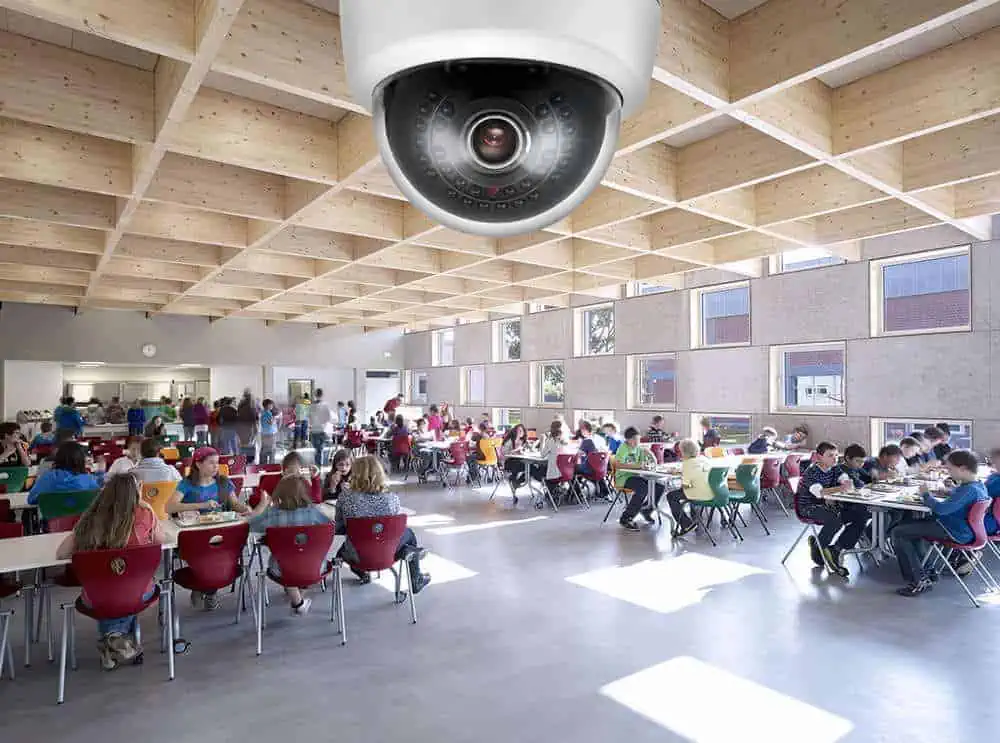
Introduction to School Surveillance
In an era wherein safety worries are escalating, school surveillance structures have emerged as a big component of instructional infrastructures. These structures decorate college protection and security, defending students, schools, and teams of workers from numerous threats, such as violence, theft, and vandalism.
However, enforcing cameras in classrooms and other school premises brings full-size privacy problems requiring cautious deliberation and nuanced answers. This article explores the delicate balance between ensuring security and safeguarding privacy in the context of college surveillance, offering crucial insights into how faculties can efficiently manage each element to create a safe, steady, and respectful mastering environment.
The Rise of Digital Surveillance in Schools
Over the beyond decade, the implementation of digital surveillance structures in faculties has skilled a huge surge. These high-tech systems at the moment are commonly installed to deter ability misbehavior, prevent unauthorized right of entry, and offer a secure environment for students and staff. According to an in-depth document, more than 80% of today’s academic establishments have included some shape of virtual surveillance.
This exponential upward push underscores a pressing need to meticulously deal with the safety blessings and privateness worries associated with these structures. The increased prevalence of surveillance systems additionally highlights the need for comprehensive policies and ethical tips to ensure those technologies are used responsibly and effectively, balancing the need for security.
Balancing Security and Privacy
While surveillance structures can undeniably beautify safety inside academic settings with the aid of deterring harmful behaviors and supplying proof in case of incidents, safeguarding the privacy of college students and the school remains an equally compelling situation. Schools need to broaden and put in force rules that adeptly stabilize these essential elements. For example, proscribing who can access surveillance pictures, imposing strict controls on facts utilization, and conducting everyday audits of digital camera placements can significantly alleviate privacy-related worries.
Invasive and immoderate surveillance can foster a stifling and oppressive ecosystem, potentially impeding pupil conduct and hampering their sense of freedom. Such an environment may additionally cause unintentional results, inclusive of college students feeling constantly monitored and dropping their potential to interact freely in college sports. Thus, achieving a sensitive balance between protection and privateness is useful and important for students’ usual well-being and development.
Implementing Privacy-First Policies
A strategic technique for addressing privacy issues entails developing clean, transparent, and nicely communicated surveillance regulations. Such policies have to explicitly outline the people legal to access the facts, the length for which the statistics are retained, and the specific conditions under which they can be shared. Ensuring that mother and father, college students, and groups of workers are well-informed approximately these regulations can help foster an experience of consideration and compliance.
Proactive verbal exchange and openness efficaciously cope with privacy concerns and build cooperative and information surroundings. By preserving transparency and emphasizing the importance of privacy, schools can put in force surveillance structures that serve their motive without overstepping boundaries. Engaging stakeholders in growing and reviewing those regulations can similarly decorate their effectiveness, making sure they meet the wishes and expectancies of the school network while upholding privacy requirements.
Technological Advancements and Ethical Considerations
Technological improvements have considerably strengthened the sophistication and abilities of surveillance systems, yet they have additionally added new moral dilemmas. Schools need to carefully check the advantages of that superior technology in opposition to the capability privateness risks. For example, at the same time as facial recognition technology can expedite the identification of unauthorized individuals, it could also bring about false positives and lift troubles of discrimination and bias.
These technological advancements necessitate thorough and conscientious attention to moral implications to make sure their responsible and equitable use. It is critical to protect the privacy of the school network at the same time as employing advanced surveillance technologies. Ethical considerations need to guide the implementation of that technology, prioritizing the well-being and rights of students and the body of workers.
By putting a balance between security and moral usage of technology, faculties can cultivate an environment that is secure and respectful of personal privacy. Thoughtful and planned choice-making in this area will make sure technological advancements beautify protection without compromising ethical standards. Schools ought to often overview and replace their surveillance rules to reflect technological changes and emerging ethical worries, making sure their persevere relevance and effectiveness.
Conclusion
Integrating digital surveillance systems in schools provides a multifaceted and complex problem that requires a thoughtful and balanced method. Developing effective surveillance rules that can be transparent and inclusive, ensuring open verbal exchange, and carefully thinking about ethical implications are paramount in developing safe and respectful surroundings for college students and a team of workers.
Striking this stability is crucial for keeping the acceptance as true with and self-belief of the faculty community and making sure that surveillance structures serve their intended reason without compromising character privateness. By thoughtfully navigating these demanding situations, schools can beautify safety features while respecting the privacy and rights of all people involved.
The final aim is to create an educational environment that prioritizes safety and security without infringing on students, school, and staff privacy and freedoms. Schools can gain this delicate stability via careful policy development, ethical generation use, and energetic network engagement and foster secure, respectful, and thriving educational surroundings. Regular evaluation and assessment of surveillance practices, on the side of ongoing dialogue with the faculty network, will make certain that these measures continue to be effective and aligned with the first-rate interests of all stakeholders. By embracing a holistic approach to surveillance, faculties can contribute to a more secure and greater supportive educational enjoy for anybody worried.


